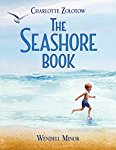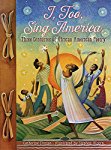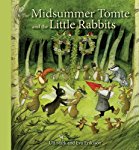Luckily an episode of The Big Band Theory saved me. I laughed so much that I was brought to my senses. I saw that my attitude needed an adjustment, and I was able to make that change. Thank goodness for the things in life that make us laugh. They give our mood a lift, give us a break from our woes, and ultimately give us hope that all is not lost.
Today I bring you a book that made we howl with laughter when I first read it. If you are having a hard time and need a pick-me-up, I suggest you give this book a try.
 Angus, Thongs and Full-Frontal Snogging
Angus, Thongs and Full-Frontal SnoggingLouise Rennison
Fiction Series
For ages 14 and up
HarperCollins, 2000, 978-0060288143
Georgia Nicolson has a pretty normal life. She goes to school, she has a best friend, her parents are an embarrassment, and she thinks her teachers are on the planet to make her life a misery. Pretty normal teenage stuff. Of course, Georgia has her own quirky personal crises going on. She thinks she is ugly and that her nose is too big. Her little sister sometimes pees in Georgia’s bed, and Georgia has humiliated herself by dressing up as a stuffed olive for a costume party. In addition there is Angus, Georgia’s wildcat, who terrorizes the neighbor’s poodle. No one really knows what to do with him.
Georgia stumbles along worrying about the first day of school, her looks, and other teenage preoccupations. Then everything gets a lot more complicated. It begins when Georgia’s friend Jas falls for Tom, a boy who works at a local shop. Georgia goes to the shop with Jas one day – so that Jas can ‘accidentally’ run into Tom - and she meets Tom’s brother, a “Sex God” who makes Georgia feel weak at the knees. Suddenly Georgia’s deficiencies in the looks department and her lack of experience with boys become a huge problem. Trying to win the Sex God is now one of the most important things in Georgia’s life.
Georgia starts taking kissing lessons, and she tries to find ways to make herself more alluring. She spies on the girl the Sex God is going out with, and she dreams about what it would be like to be the Sex God’s girlfriend. Will Georgia’s dreams come true, or will she have to settle for being a nun?
In this hilarious book, we get to meet an English teenager who is, like most teenagers, utterly wrapped up in her own world. To Georgia, her problems with the Sex God are the most important thing ever. The whole world should be aware of the trials and tribulations that she has to deal with.
Louise Rennison has written Georgia’s story in the form of diary entries, and readers will have a hard time keeping a straight face as they follow Georgia’s triumphs and misadventures. Anyone who wonders what goes on in a teenager's head will get the shock of their life when they read about this irreverent, droll, and utterly lovable girl.








